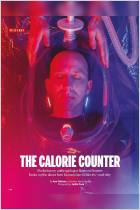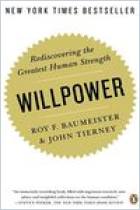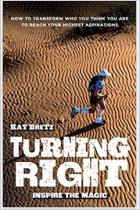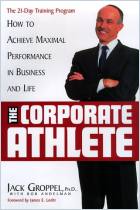
Endure
Mind, Body, and the Curiously Elastic Limits of Human Performance
ISBN: 9780062499868
Pages: 320
Recommendation
Journalist Alex Hutchinson analyzed various physical limitations that affect long-distance runners and predicted in 2014 an athlete would break the two-hour barrier for the 26.2-mile (42.2-km) marathon sometime in 2075. He was surprised when, in October 2016, Nike invited him to report behind-the-scenes on its Breaking2 initiative, which sought to surpass that record in six months. Hutchinson illuminates the history of physiology and the exploits of daring endurance explorers, interviews experts at the cutting edge of sports science, and reports on new technologies designed to enhance human capabilities. He enumerates various – and certainly painful – methods that athletes can embrace to challenge their physical hurdles and push their physiological and psychological limits. Sports fans, athletes and weekend warriors trying to transcend their own boundaries will enjoy and learn from this fascinating account of what humans can accomplish with their bodies and sheer will.
Summary
About the Author
Scientist and sports journalist Alex Hutchinson writes the Sweat Science column for Outside magazine.






















Comment on this summary or 开始讨论